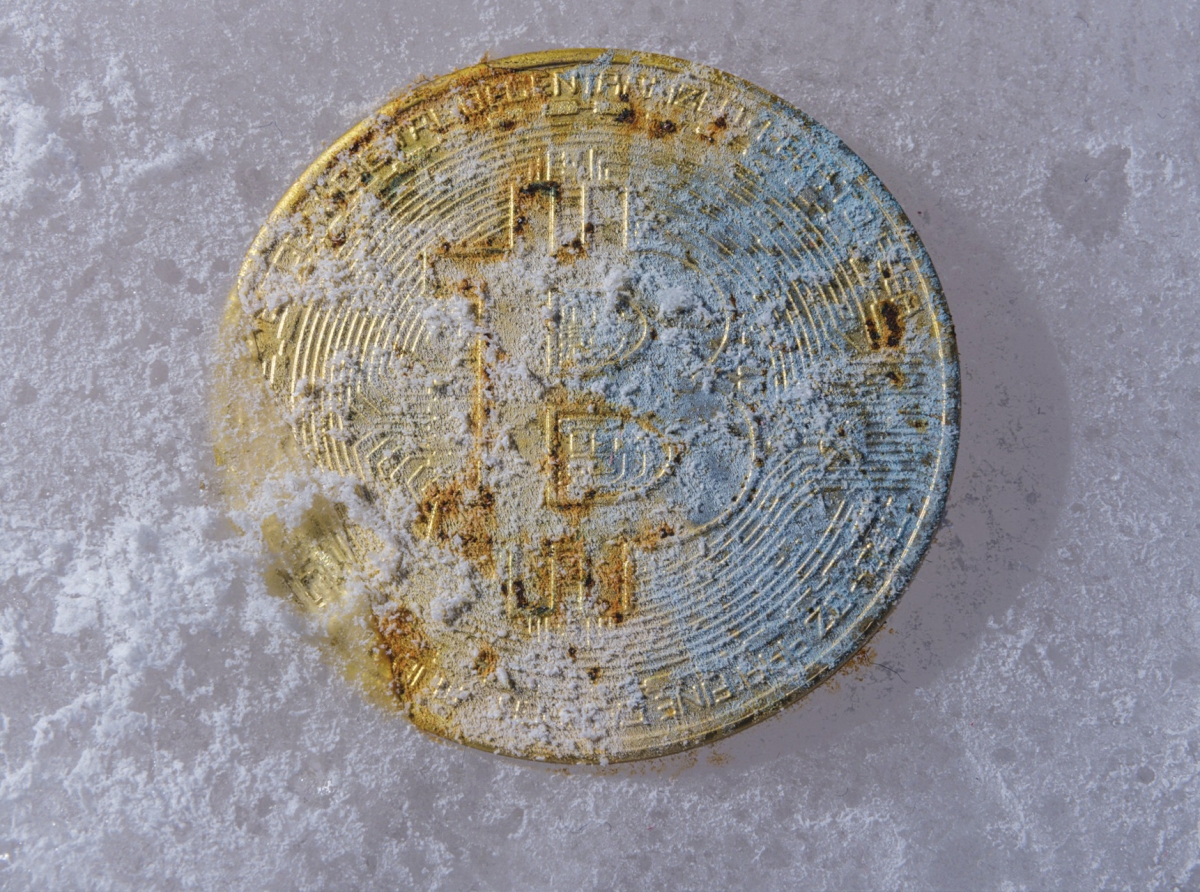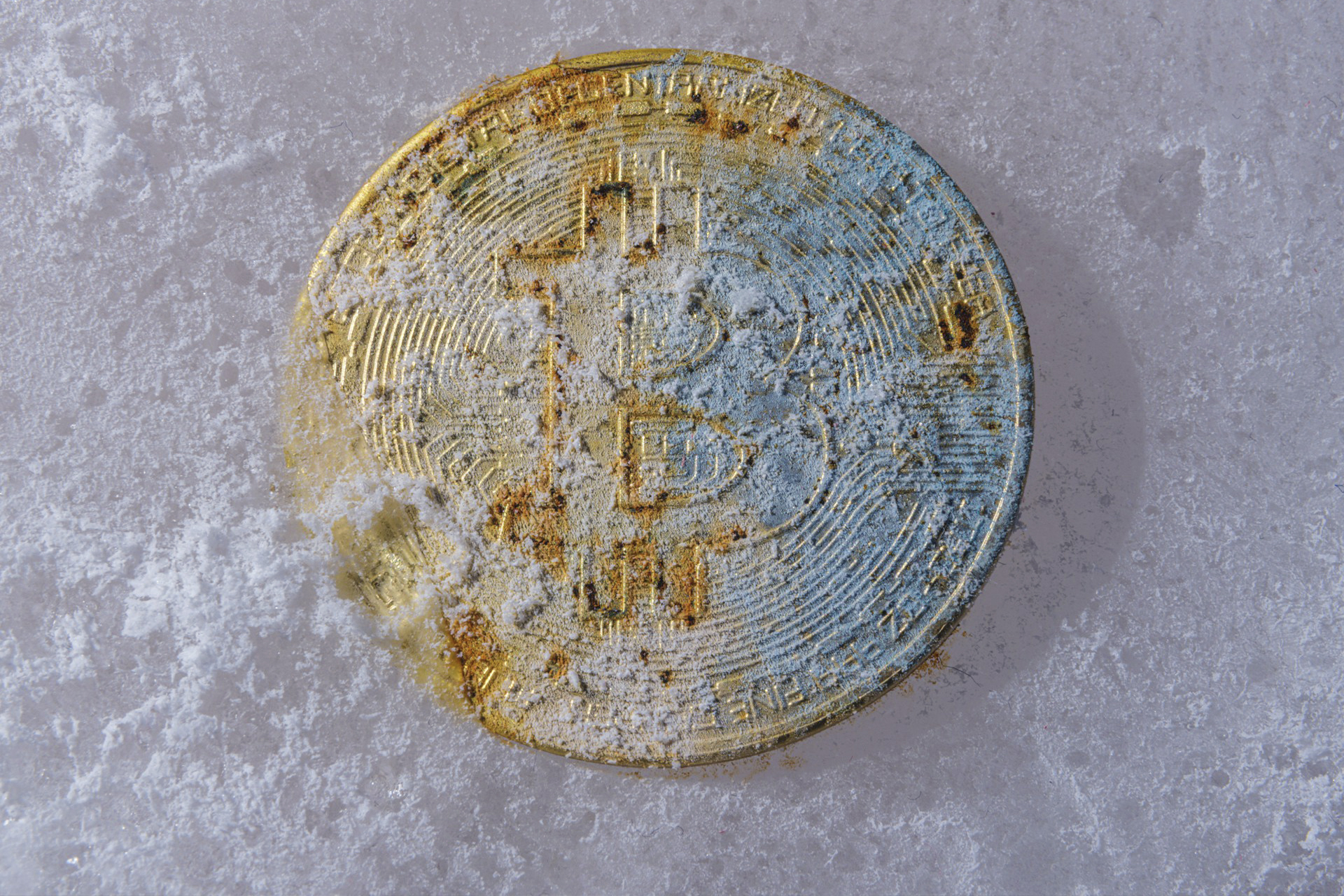Blockchain Archaeology: How Lost Wallets and Dead Coins Are Changing the Crypto Economy

Blockchain Archaeology: How Lost Wallets and Dead Coins Are Changing the Crypto Economy
There's no rust on the blockchain, but there is oblivion.
Approximately 3.7 million bitcoins are lost forever. These digital "artifacts" create an economy of scarcity, holding up the BTC price and creating the illusion of stability. However, if even a portion of these funds are "resurrected," the market could experience a price shock comparable to a stock market crash.
Approximately 3.7 million bitcoins are lost forever. These digital "artifacts" create an economy of scarcity, holding up the BTC price and creating the illusion of stability. However, if even a portion of these funds are "resurrected," the market could experience a price shock comparable to a stock market crash.
When money becomes artifacts
The cryptocurrency market is often called digital gold , but this gold can evaporate – not physically, but technically.Coins stuck in forgotten wallets don't disappear from the blockchain, but they do fall out of circulation.
The most famous story is Satoshi Nakamoto's wallets . According to Glassnode and Chainalysis, they hold approximately 1 million BTC , which haven't moved since 2009. If even 5% of these coins entered circulation, the price of Bitcoin could collapse by tens of percent.
According to IntoTheBlock, up to 20% of the total BTC supply (3.7 million coins) is considered lost forever due to forgotten passwords, lost keys, and the death of owners.
And this isn't a unique situation: similar "digital catacombs" exist in Ethereum, Litecoin, and Dogecoin. In 2021, one user accidentally sent $90 million in USDT to a smart contract with no refund function, permanently freezing the funds on the blockchain.

Blockchain Archaeology: How Lost Wallets and Dead Coins Are Changing the Crypto Economy
Phantom Shortage: How "Dead" Coins Support the Value
At the macro level, lost assets act as an invisible market stabilizer .The artificial reduction in supply pushes prices up, especially during periods of high demand.
If all existing Bitcoins suddenly became liquid, the market capitalization would fall by tens of billions of dollars, and the BTC price would collapse to 2018 levels.
But the downside is illusory liquidity :
traders know there are millions of bitcoins lurking somewhere, and this knowledge itself influences market psychology. Every unused wallet becomes a kind of "ticking time bomb."
Example: In 2024, after a wallet that had been dormant since 2012, containing 1000 BTC, was activated, the market experienced a short-term drop of more than 3% in just a few hours.
Crypto-archaeologist: The Search for Digital Treasures
Amid mounting losses, a new niche has emerged: blockchain archaeology .These specialists focus on restoring access to lost wallets.
Methods range from brute-force password cracking to forensic analysis of old hard drives.
Wallet Recovery Services (USA) reports receiving up to 70 requests a day from users who have lost their keys. However, successful cases are extremely rare—blockchain is unforgiving.
Some companies are developing AI tools to find lost recovery phrases, and in Europe, the idea of legally "opening" the wallets of deceased owners with notarized permission is being discussed.
Is it possible to revive “dead” coins?
Ethereum is discussing mechanisms for "burning" unclaimed ETH to control supply and counteract the deflationary effect.However, such a practice is impossible in the Bitcoin protocol: the code is immutable, and every lost BTC remains forever recorded in the blockchain's history.
Over time, these coins become digital relics —like chests of gold buried in the ocean.
Analysts believe that if Bitcoin finally establishes itself as a global reserve asset , the lost reserves will become part of humanity's "monetary heritage," like the ancient hoards of the Roman Empire.
Economic consequences
The paradox is that the more coins are lost, the more valuable the remaining ones become .Losses amplify the scarcity effect, thereby increasing the value of circulating assets.
According to Chainalysis (September 2025), the lost cryptocurrency is equivalent to over $180 billion .
For comparison, this is greater than the GDP of countries such as Hungary or Qatar.
However, "dead" assets create vulnerability: if even a portion of the old wallets are "resurrected," the market could experience a massive domino effect —a sharp drop in prices, margin liquidations, and speculative selling waves.
GEO context
The United States, Switzerland, and Singapore are considering initiatives to legally regulate dormant cryptoassets to prevent inheritance fraud.Russia and the UAE are already discussing the creation of government-run "digital wills" services , where owners can designate trusted individuals to restore access to their wallets.
Conclusion
"Dead coins" are not a glitch, but a feature of the blockchain ecosystem.
They remind us that decentralization means freedom without insurance: lose your key, lose your fortune.
Every bitcoin lost in oblivion amplifies the market's economic dynamics—and becomes part of its mythology.
And for future blockchain researchers, such wallets will become what the tombs of the pharaohs were for archaeologists: a gateway to a past that changed the world.
Quote from an expert:
"Blockchain isn't just a technology; it's a repository of human error and hope. Every lost coin is a digital pharaoh, forever buried in code."
— Alexander Lynch, Glassnode analyst
By Miles Harrington
October 14, 2025
Join us. Our Telegram: @forexturnkey
All to the point, no ads. A channel that doesn't tire you out, but pumps you up.














Report
My comments